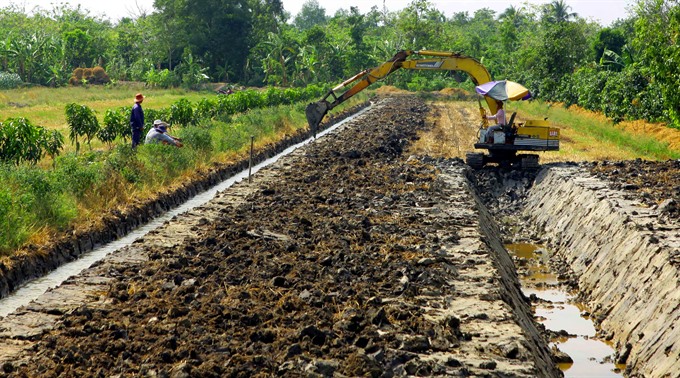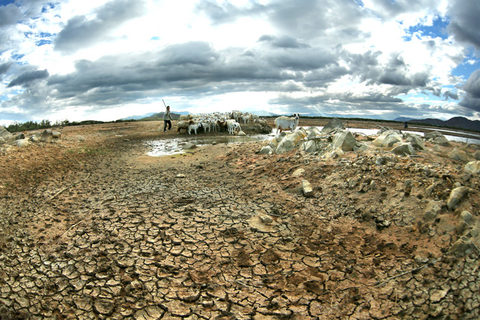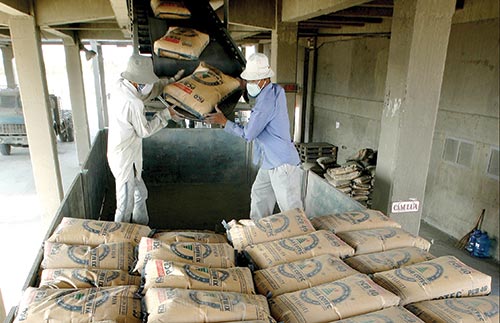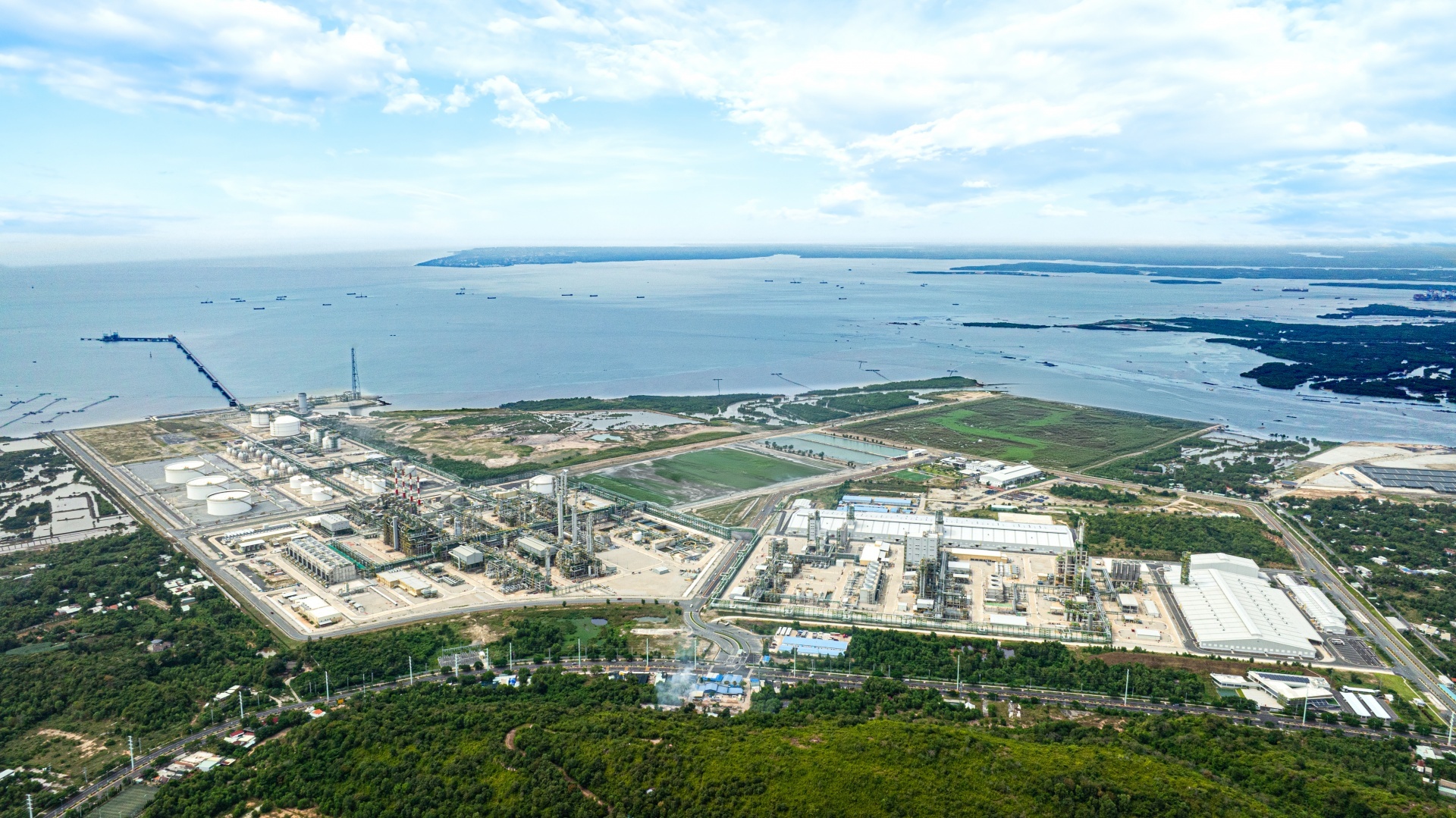Businesses need greater clarity on environmental role in new law

The draft amended law have increased the responsibilities for businesses
First is the regulation on environmental protection planning, which has the biggest impact on enterprise performance, particularly in the zoning of areas for preservation and development. Environmental protection planning means authorities can allow which geographical areas can or cannot be used for economic development.
The problem with this is a lack of legal regulations for business and production activities in these areas. This point is likely to be of great interest to businesses. The questions are what economic activities will be banned in preserved areas and what regulations will be used for enterprises operating in an area marked as preserved?
Second is the regulation requiring preliminary environmental impact assessments. This is a new regulation, and its potential impact on enterprises remains unclear.
In addition to implementing an environmental impact assessment during the initial phases of a project, enterprises will also be required to submit an environmental impact assessment in the pre-feasibility study stage.
This regulation can help project owners control environmental risks right from the beginning, avoiding potential losses if the assessment fails to be approved. However, it will become another administrative barrier, and as such it is necessary to clarify what kinds of projects need to conduct environmental assessments.
Third is the regulation on inspecting and approving an environmental protection facility before it becomes operational. During the drafting process, merging this procedure into standard inspection practices has been proposed. If they are combined it would be more convenient for enterprises as many have difficulty setting a date for the beginning of an environmental protection facility’s operations and therefore more difficult conducting the inspection of said facilities.
Fourth is the regulation on environmental protection commitment. This regulation was removed from previous drafts, but has been re-added to this version. Initially the drafters planned to replace a commitment with an overall environmental protection plan. This was because environmental protection commitments were submitted without being examined, and therefore had little effect on realising environmental protection.
Fifth is the regulation on environmental protection planning, which is a new obligation. Businesses will have to make an initial environmental protection plan when they begin operations or when the new Law on Environmental Protection comes into effect. The plan will be a legal base for authorities to perform inspections and examinations. Under previous drafts this regulation was only applicable to enterprises whose operations produced pollutant waste.
Sixth is the regulation on obtaining a certificate on environmental protection activities. Under the draft this certificate would certify that enterprises have all the necessary conditions to engage in environmental protection services such as conducting environmental assessment reports, issuing environmental protection certificates and plans, and other services related to collecting, transporting and treating waste and consulting on, designing and constructing environmental protection works.
However, a key question is whether environmental protection activities will become a passport for enterprises to access incentives, despite them having no real activities? In reality, many enterprises which have such activities want to receive tax, land and customs priorities but cannot as they have no evidence showing the right.
Seventh is the regulation on environmental monitoring. The draft has tasked the Ministry of Natural Resources and Environment to issue a list of wastes and guide the monitoring of wastes for production and business establishments. This would mean that some enterprises will have to perform an obligation on monitoring their own wastes. They can do it or have it done, and then report monitoring results to relevant state agencies.
Despite some concern over the possible complications arising from this regulation, it is unclear which enterprises will have this right and how it would be managed. Thus, it is difficult to determine the impact this regulation will have on enterprises.
Eighth is the regulations on enterprises’ responsibilities to protect the community. In the draft, business owners are required to provide the public with chances for dialogue and written answers to their questions. All information regarding environmental protection activities must be fully transparent.
This is a new regulation aimed at creating openness between businesses and the public. Many enterprises are unsure however at what mechanism would manage this.
Ninth is the regulation on environmental inspection and examination, which requires enterprises to be inspected twice at most in a year, except for businesses engaged in environmental disputes. This regulation also helps enterprises avoid inspections that could interrupt their business and production activities.
It is important that regulations are put in place to ensure businesses follow the environment law, but these need careful review and those that cause unnecessary barriers and over-costly mechanisms should be removed.
* Vietnam Chamber of Commerce and Industry’s Legislation Department
What the stars mean:
★ Poor ★ ★ Promising ★★★ Good ★★★★ Very good ★★★★★ Exceptional
Latest News
More News
- Going green to save a bundle (June 08, 2015 | 10:00)
- Green buildings: the rising trend (June 02, 2015 | 09:41)
- Green buildings – key to sustainable urban development in Vietnam (May 18, 2015 | 17:00)
- Feed-in tariffs continue to haunt green energy prospects (December 15, 2014 | 10:47)
- Building material types intrinsic to green ratings (December 09, 2014 | 11:56)
- Turning an eco- smart dream into reality (December 09, 2014 | 11:55)
- Green products enjoy a growing presence at Vietbuild Hanoi 2014 (December 01, 2014 | 10:06)
- Country profits from green building (November 24, 2014 | 11:02)
- Firms flout enviroment laws (November 17, 2014 | 10:48)
- Energy efficient sticks and carrots (November 10, 2014 | 15:30)




















 Mobile Version
Mobile Version